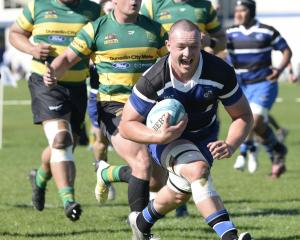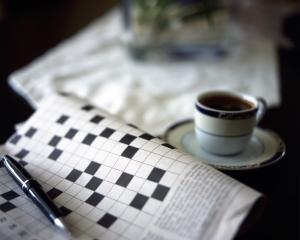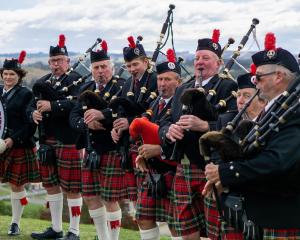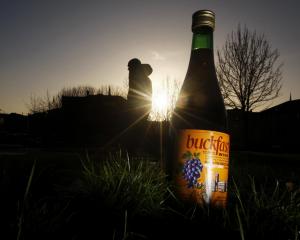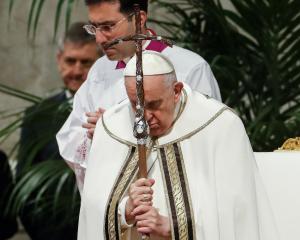Watching the amazing fiery yellow, purple and pinks of a nudibranch (sea slug), artist Sandro Kopp, a keen diver, could not help but be "super amazed".
Completely different from the greens and blues usually associated with the ocean, Kopp, who learned to dive in Wellington — swapping a painting for tuition — could not resist, using the colours as inspiration for one of his latest works, Oceania (named for the Bjork song of the same name).
Oceania forms part of a series, GalaXcells, being exhibited at Milford Gallery, which are a "drawing together" of the various strands of work he has been doing the past few years including his "very tight jewel-like" eye portraits and the large "big, fat, juicy, drippy abstracts" for Wes Anderson’s movie The French Dispatch.
"These paintings draw together both the finer more figurative strands of work and more expressive abstract type ways of working as well as the nudes and life drawing I’ve been doing since my teens," Kopp said.
Kopp, who was born in Germany, moved to New Zealand in time to start kindergarten, then finished his schooling in Germany before "hot footing it" back to New Zealand and eventually to art school in Wellington.
His interest in film began in those days. He was a centaur in The Chronicles of Narnia and met his future partner, actress Tilda Swinton, who played the film’s White Witch, at a party. He’d previously appeared as an elf in Peter Jackson’s Lord of the Rings trilogy.
"I’ve always loved film, one way or another I’ve slid into it."
In 2017 he co-produced, alongside Swinton, Okja by Parasite director Bong Joon-ho and also designed creatures for it.
It is the collective nature of film work that attracts him as being a painter he often spends a long time alone with his work or with just a model.
"It can be very satisfying being alone with a painting but on a film set you can have hundreds, if not thousands, pulling together when they call roll, it’s a nice comfortable feeling. But my first love is painting, it’s the only thing I’m really interested in."
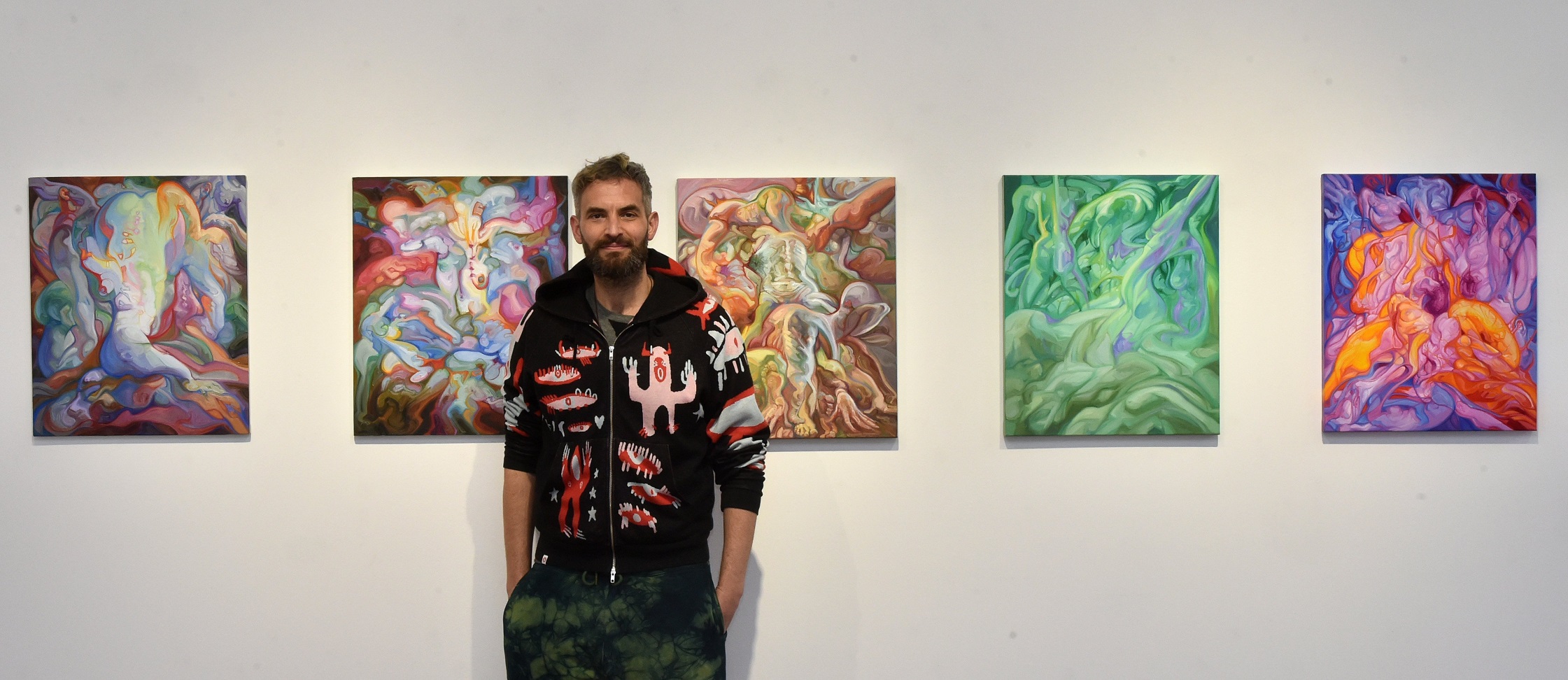
However, he was able to mix both loves in the French Dispatch which he describes as "one of the most exciting, exhausting, exhilarating and satisfying experiences of my life".
"I am proud of it. I threw myself at it, not knowing how it would go and am so pleased, relieved, the result is still as pleasing to me as it was then."
The exhausting and accelerating parts came from Anderson asking him to create 10 large paintings that had to look like the work of a singular genius (the fictional “criminally insane” artist Moses Rosenthaler, played by Benicio Del Toro) who had created the work while imprisoned over three years, plus assorted other works, in just three months.
"Wes has been a friend of mine for a long time, he has a bunch my work. I think he said in email something like ‘they will be very heavily featured in the film’."
Kopp, who these days lives in the Scottish Highlands with Swinton, was ready to to do something more expressive and gestural after doing his detailed eye pieces so, it suited him very well.
"I was of course enthused by the idea and had all kind of designs and plans laid out."
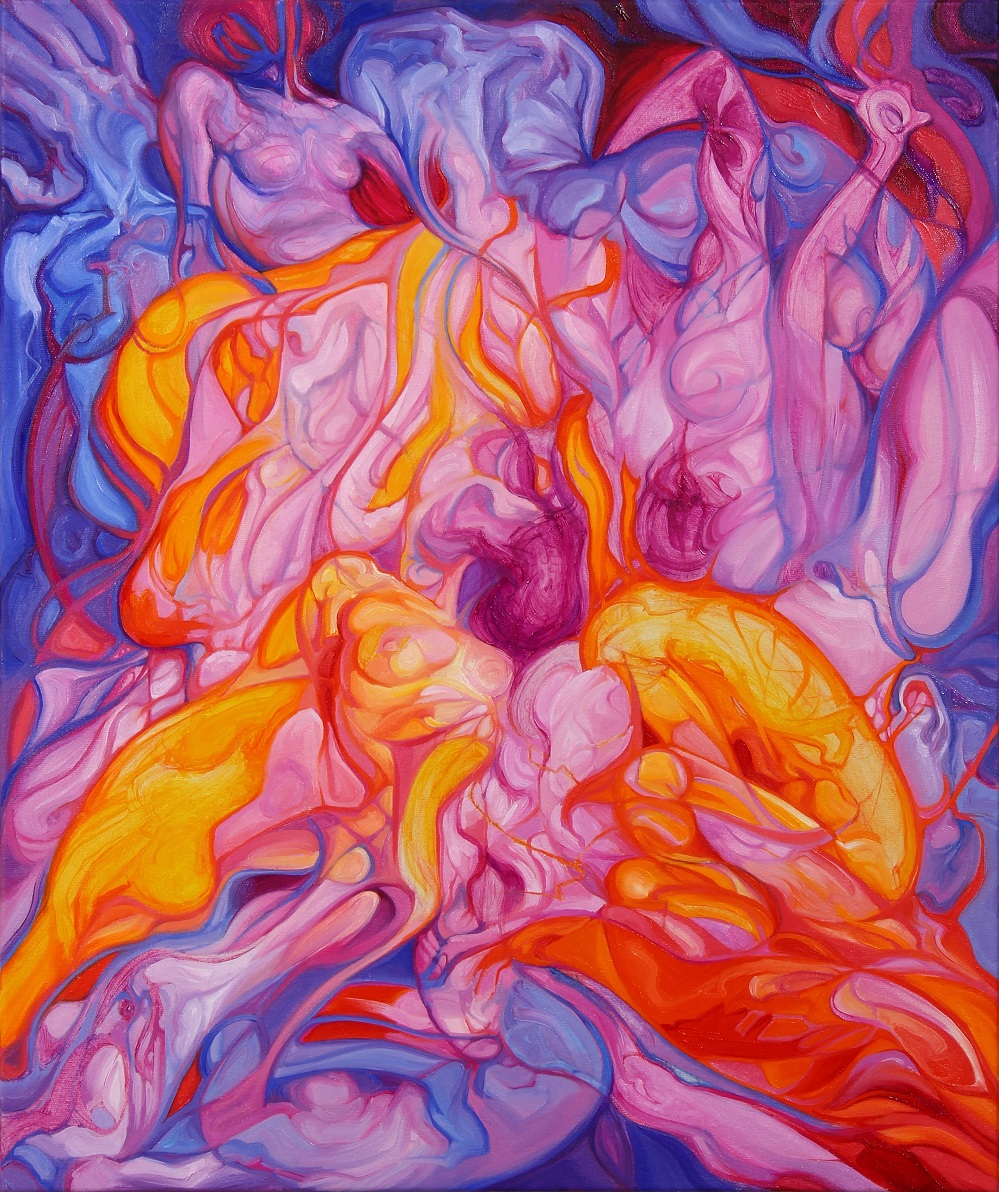
"He pushed me as far as I could go, very politely and very gently, in his very inimitable way. I wanted to please him. I wanted them to be good. He has lot experience at getting the best out of all the people he works with.
"He kept asking for more until we got a test that worked for what he looking for."
While Kopp’s works often start with a figure, it was not what Anderson wanted, so even when Kopp tried to incorporate a body part into the work he would be turned down.
"With Wes every time I’d send him a picture saying how about this shoulder, asking should we keep it in there, he’d say ‘paint over it, but I like you know it’s there’."
Kopp was asked to do a full-size 160m by 320m test of the work. Anderson came in and sat with it for a while before saying it would work.
"He said this wouldn’t look out of place in a modern art museum — that was the benchmark he was looking for and said ‘now do 10 more’."
As Kopp had used materials and methods in a specific way, he came up with a "recipe" he could follow for each work and he did the same thing a year later for another exhibition creating a 7m × 280m work although this time it had figures in it.
Variations of the Rosenthaler Suite have been shown in Austria and Germany and the paintings from French Dispatch were exhibited in London in 2021, giving Kopp a chance to see the works again after about three years.
He believes his ability to straddle the figurative and abstract quite easily — his works over the years have been exhibited in New York, Milan, Paris, London, Germany, Edinburgh — was what made him perfect for the French Dispatch job. Alongside the large works, there were a series of smaller ones which presented some unusual challenges such as the requirement to do a detailed painting of a beetle for a particular scene.
"He knew from experience he could not go with a real beetle, so he got in a taxidermised beetle but it got stuck in Customs coming into France so in order for me to paint it we had to get it out of Customs ... just days before we were going to shoot."
Then there was idea of doing a still life with cherries but getting cherries in France in November was impossible so he had to make do with redcurrants in the end.
"Not much sleep happened."
When the movie was over, Kopp gathered together the many small detailed eye portraits he had painted over a couple of years from 2017 exhibiting them in 2019 at the Palazzo Grimani Museum in Venice and then again in the city in 2022, at the same time as the Venice Biennale.
"I’ve always loved eyes. When I look at a portrait I always go for the eyes, so leaving out the rest of the face it ups the mystery, makes you ask more questions. The eyes are about time and place with the person as there is always part of a reflection of their environment in the iris."
Kopp went along to the New Zealand pavilion to see Yuki Kihara’s work and got chatting with her representative, Stephen Higginson of Milford Gallery in Dunedin.
That meeting ultimately led to Milford exhibiting Kopp’s works in Dunedin, the first time his works have been exhibited in New Zealand in more than a decade.
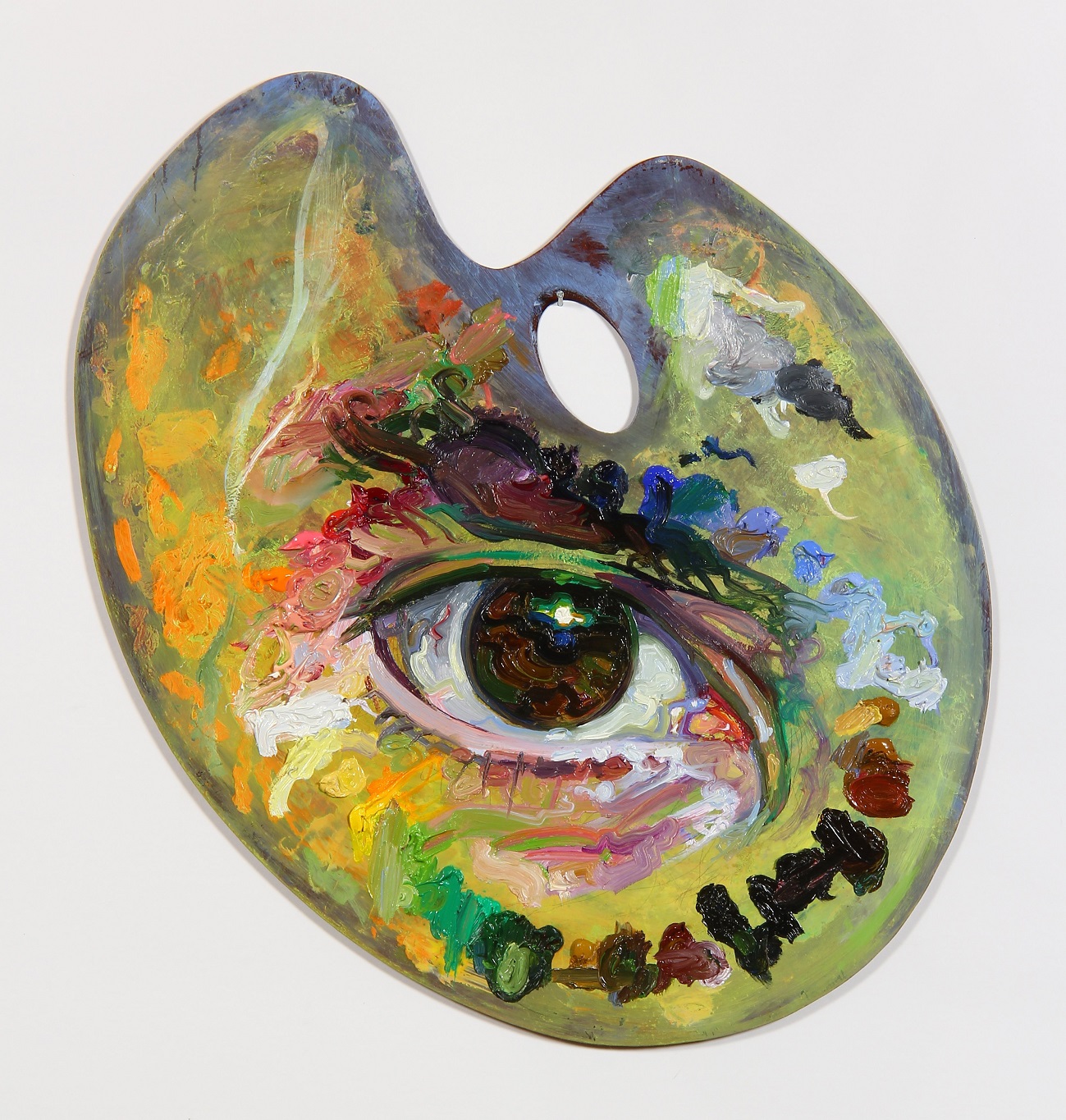
He also found it to be quite "poetic" in the way it deconstructed the material he used to paint, in the material he used see the thing he is painting. The dabs of paint around the eye add an abstract frame to the eye.
"Putting those things together is a simple gesture but it works."
It is also a way to use his palettes which he has always loved and kept.
"When I see a palette getting really nice I’ll put it aside saying you’re ready for an eye. I brought three palettes with me to work on."
However, the main feature are his GalaXcells series of works in which Kopp is celebrating connections between the "macroscopic and the microscopic realms that we humans exist in".
Using inspiration from nature, deep space, extreme close-ups of cell structures and visual art particularly American artist James Turrell’s shifting colour-scapes and Italian painter Pontormo’s mannerist stacking of figures, along with models he drew as a starting point from live sessions on zoom or Skype — a method Kopp has used since the communication avenue first became available in 2010.
In one work Oceania, which he painted while in Wellington late last year, Kopp drew on his life drawing of an Argentinian dancer. He drew her as she was dancing on Skype and the idea of the ocean mother began to form. The refrain from the Bjork song of the same name came to his mind "your sweat is salty I’m the reason why" and the idea that everything comes from the ocean.
"Each one of them has different approach to colours. This one is quite a literal source because I wanted to kind of express the maternal warmth of the ocean and the more radiant colours [you] get when diving."
So Kopp played a video of the nudibranch continuously as he painted.
"I do a lot of diving. Usually we associate the ocean with cool green and blues but this creature is this amazing fiery yellow, purple and pink, it’s super amazing."
Kopp’s love of diving comes from the changing perspective a person gets as the land continues under the surface of the water.
"I used to spend time living in my van and always had wet gear under my bed and I’d get into any body of water to have a look."
The way the diving masks magnify the view adds to that experience.
"I guess in way, it informs this show, which is a mix of galaxy and cells, a drawing together macroscopic and microscopic perspectives."
TO SEE:
SANDRO KOPP: GalaXcells (2024), Milford Galleries, until April 29

